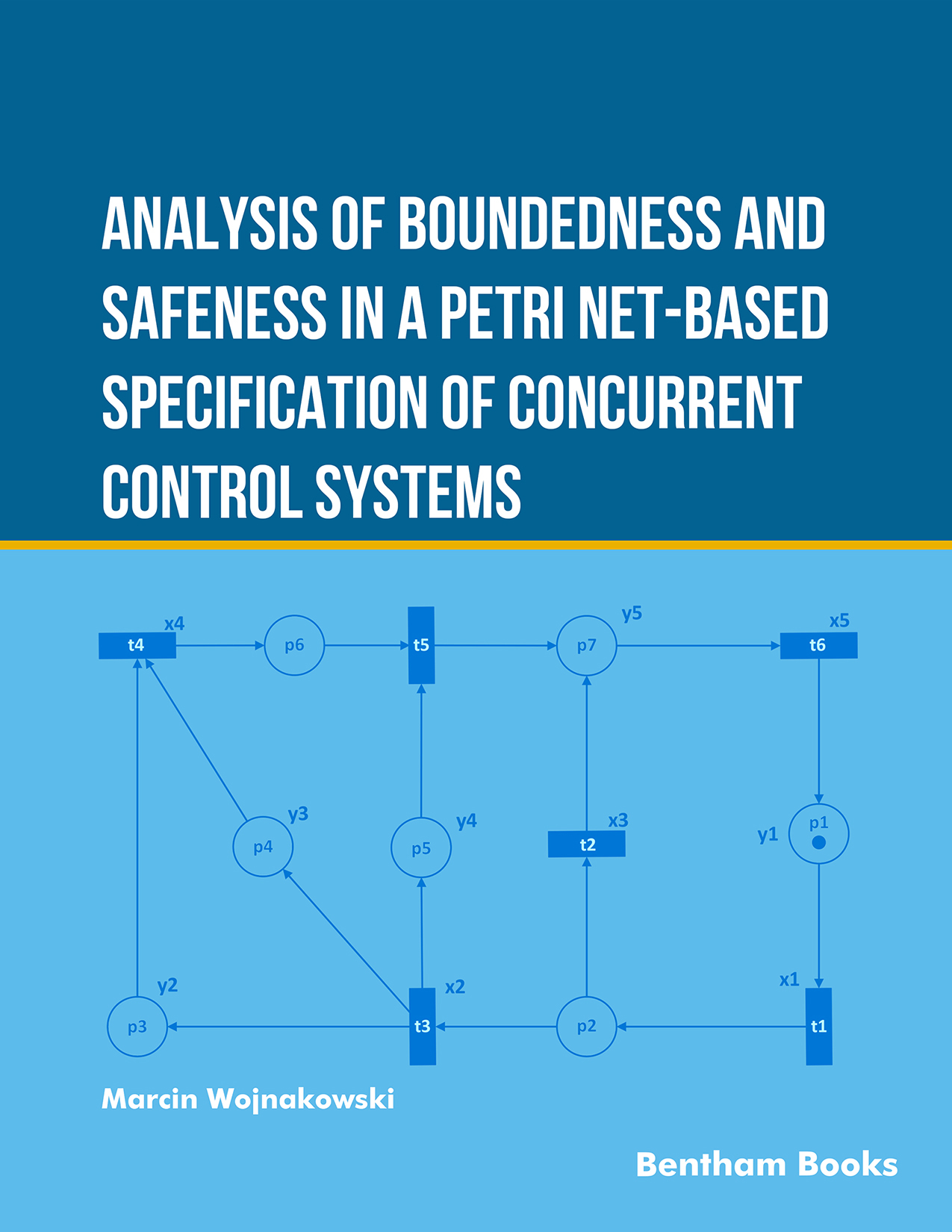Introduction
Analysis of Boundedness and Safeness in a Petri Net-Based Specification of Concurrent Control Systems provides a comprehensive study of concurrent control systems using Petri net models, with a focus on boundedness and safeness analysis. Designed for both academic and industry professionals, it bridges the gap between theoretical rigor and practical applications, offering essential insights for advancing knowledge in the field.
The content covers foundational principles of control systems and Petri nets before exploring advanced analysis techniques. Topics include algorithms, computational complexity, and different Petri net classes. The book also addresses boundedness and safeness properties, presenting verification methods, case studies, and experimental results. Trends, challenges, and future directions are also discussed in the book equipping readers with practical tools to innovate in concurrent system design.
Key Features:
- - In-depth coverage of Petri net-based concurrent system modeling and analysis.
- - Clear explanations supported by real-world examples and case studies.
- - A balanced approach combining theory and application.
Readership
Ideal for researchers, educators, and professionals in computer science and engineering to understand and design reliable concurrent systems.

